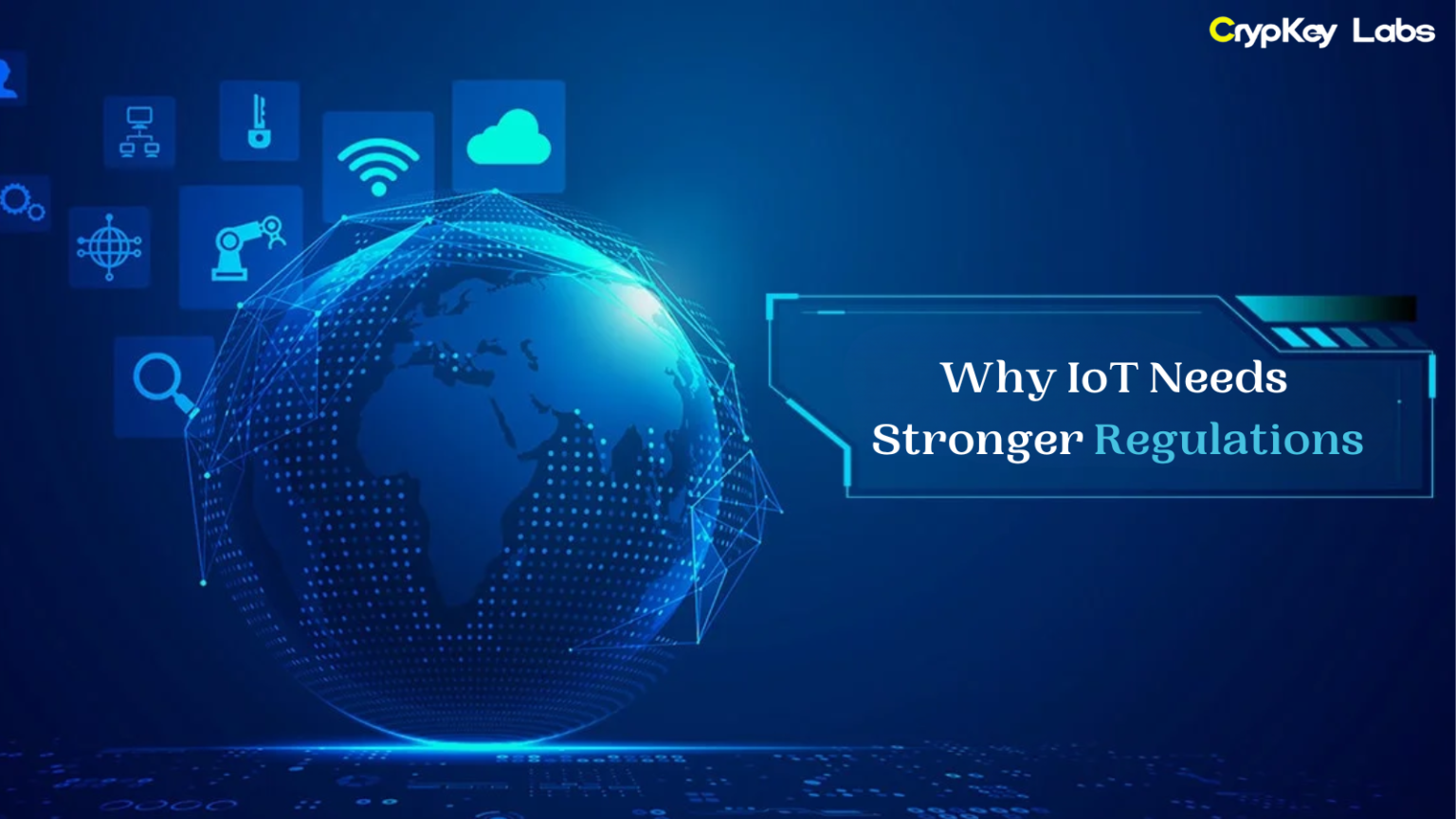The Internet of Things (IoT) is transforming the way we live and work by connecting devices and enabling smarter environments. From wearable fitness trackers and smart refrigerators to industrial sensors, IoT technology powers countless innovations. However, this growing ecosystem of connected devices comes with significant security and privacy risks.
The Rise of IoT and Its Pervasive Impact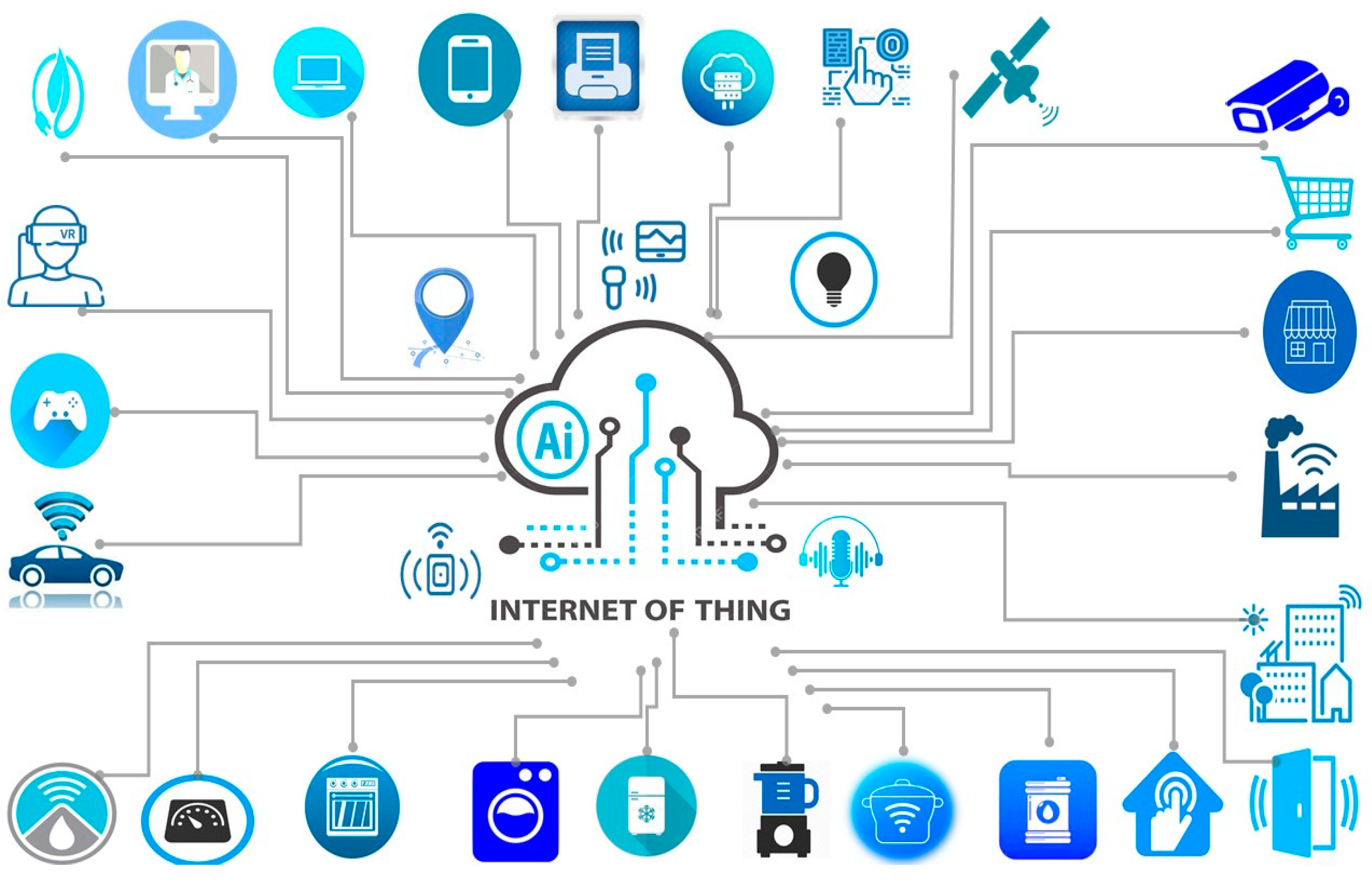
IoT devices are everywhere, seamlessly integrating into our daily routines. Smart home systems control lighting, temperature, and security; wearable devices monitor health metrics; and autonomous vehicles rely on IoT technology to function. In industries, IoT enhances operational efficiency through smart sensors, predictive maintenance, and real-time data analytics. The global IoT market continues to grow rapidly, with billions of devices connected worldwide.
While this connectivity brings convenience and innovation, it also expands the attack surface for cybercriminals. With more devices online, vulnerabilities increase, making robust security measures more important than ever.
The Current State of IoT Security
Despite its transformative potential, IoT security remains a significant challenge. Many IoT devices have weak security features, such as default passwords, minimal encryption, or inadequate firmware updates. These vulnerabilities have already led to high-profile cyberattacks.
One of the most notable examples is the Mirai botnet attack in 2016, where unsecured IoT devices were hijacked to launch a massive distributed denial-of-service (DDoS) attack. This incident highlighted how compromised devices could be weaponized to disrupt internet infrastructure. The lack of standard security measures across IoT products makes it difficult for users to trust these technologies.
Why IoT Needs Stronger Regulations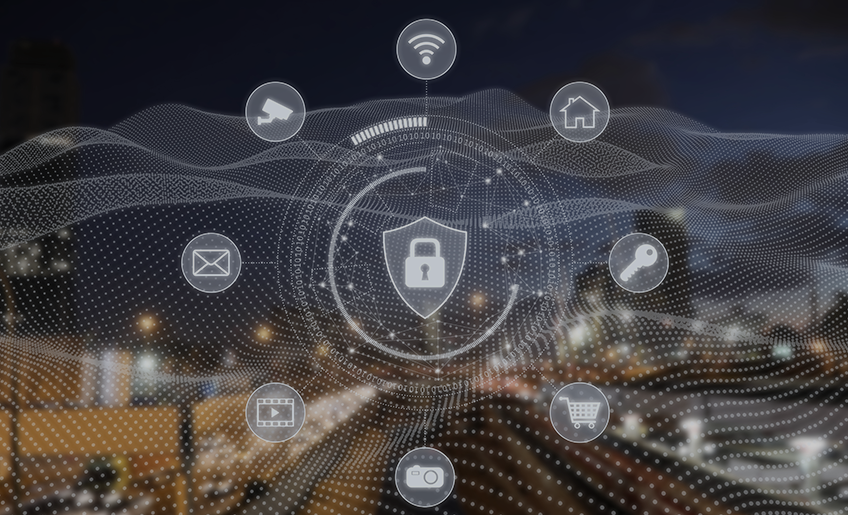
Security Threats and Data Privacy Risks
IoT devices collect vast amounts of personal and sensitive data. Without proper security, this data can be intercepted, stolen, or misused by malicious actors. Smart cameras, connected thermostats, and even children’s toys can expose user data if not properly secured.
Consumer Safety Concerns
IoT devices can also pose physical safety risks. Consider autonomous vehicles or medical devices connected to the internet. A security breach in these systems could lead to life-threatening situations. For example, a hacked insulin pump or pacemaker could have catastrophic consequences. Regulations are necessary to enforce stringent safety standards, preventing such risks.
Interoperability and Compatibility Issues
The IoT landscape is fragmented, with different devices often using proprietary communication standards. This lack of interoperability limits the potential of IoT ecosystems and creates frustration for users. Regulatory frameworks can promote standardization, enabling devices from different manufacturers to work together seamlessly and improving the overall user experience.
Accountability and Transparency
When IoT devices fail or are compromised, determining who is responsible can be challenging. Is it the manufacturer, the software developer, or the user? Regulations can clarify accountability and enforce transparency requirements, ensuring users understand how their data is used and what security measures are in place.
What Effective IoT Regulations Should Include
Security Standards
Mandatory security features should include strong password policies, data encryption, and automatic software updates. Devices must also undergo rigorous testing to identify and address vulnerabilities before hitting the market.
Data Protection
Clear guidelines on data collection, storage, and usage are essential. Users should have control over their data and be informed about what information is being collected and how it is used. Regulations should ensure compliance with privacy laws, like the General Data Protection Regulation (GDPR) in Europe.
Certification and Compliance
IoT devices should be certified by regulatory bodies to ensure they meet established security and safety standards. Manufacturers must also adhere to compliance audits and risk assessments.
Global Collaboration
IoT regulations must transcend borders, as devices and data flow across countries. International cooperation can help create harmonized standards, fostering innovation while maintaining security.
The Role of Governments and Industry Leaders
Governments worldwide are beginning to recognize the need for IoT regulations. For example, the United Kingdom’s Code of Practice for Consumer IoT Security outlines key guidelines for manufacturers, including banning default passwords and providing timely security updates. Similarly, the United States has introduced legislation to improve IoT security in government devices.
Industry leaders also play a crucial role. Companies like Google, Microsoft, and Cisco are investing in secure IoT frameworks and working with regulators to establish best practices. Collaborative efforts between public and private sectors can drive meaningful change.
Benefits of Stronger IoT Regulations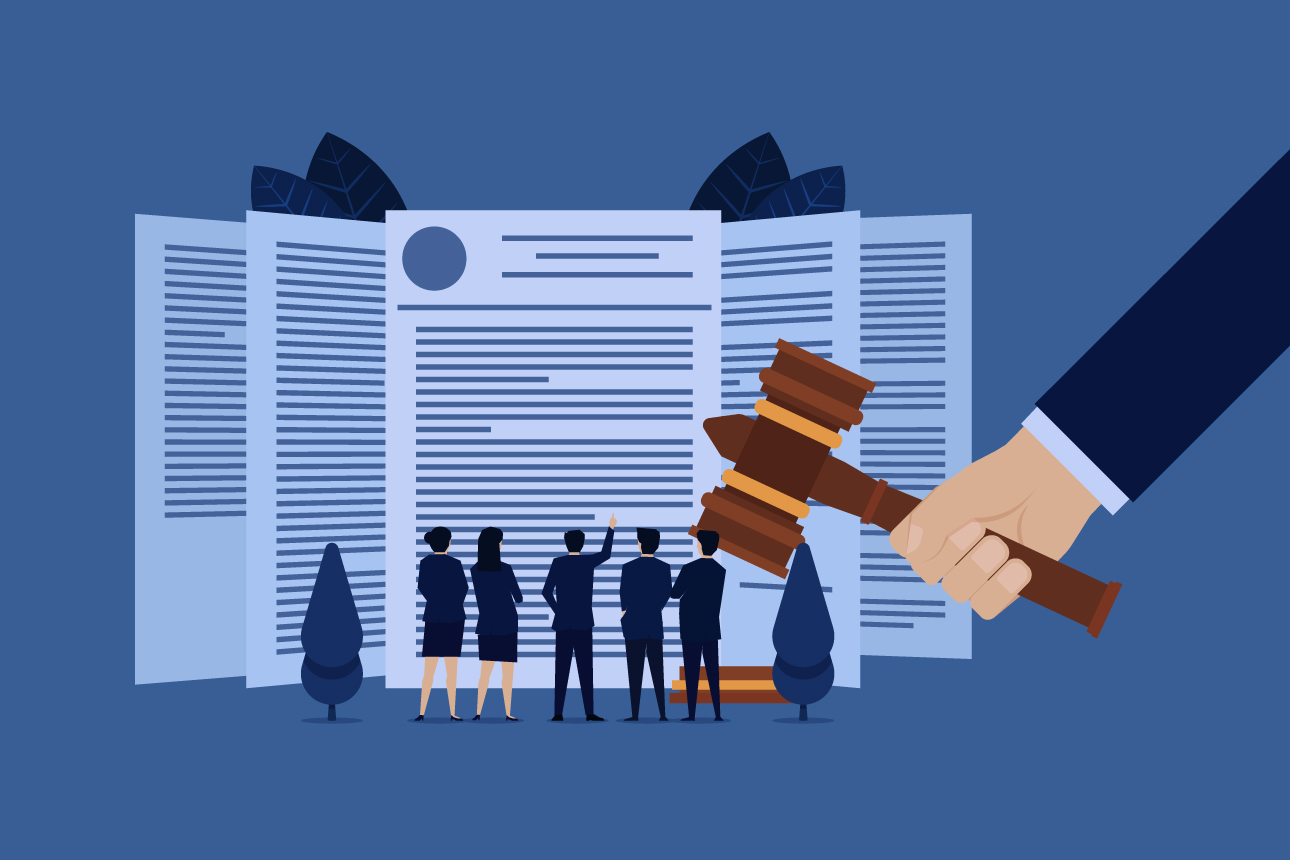
- Enhanced User Trust: Consumers are more likely to adopt IoT devices when they feel confident about security and privacy.
- Reduced Cybersecurity Risks: Standardized security measures can mitigate vulnerabilities and prevent large-scale attacks.
- Sustainable Innovation: Regulations create a level playing field, encouraging responsible innovation that prioritizes safety.
Challenges in Implementing IoT Regulations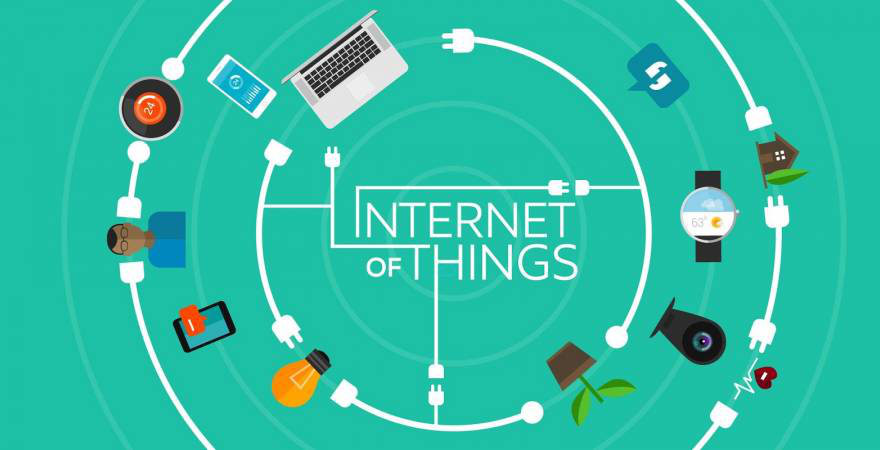
Implementing effective IoT regulations is not without its hurdles. Policymakers must balance innovation with regulation to avoid stifling technological progress. Additionally, regulatory frameworks must be flexible enough to adapt to evolving threats. Global differences in legal systems and standards further complicate harmonization efforts.
Resistance from manufacturers is another obstacle. Security enhancements often come with higher production costs, making some companies hesitant to adopt stricter standards. However, the long-term benefits of a secure IoT ecosystem far outweigh the short-term costs.
Conclusion
The rapid growth of IoT technology presents both exciting opportunities and significant challenges. Stronger regulations are essential to address security vulnerabilities, protect consumer privacy, and ensure safety. By implementing robust standards, clarifying accountability, and fostering global cooperation, we can build a secure and sustainable IoT future. Governments, industry leaders, and users must work together to shape a regulatory framework that balances innovation with security, paving the way for a connected world we can trust.

